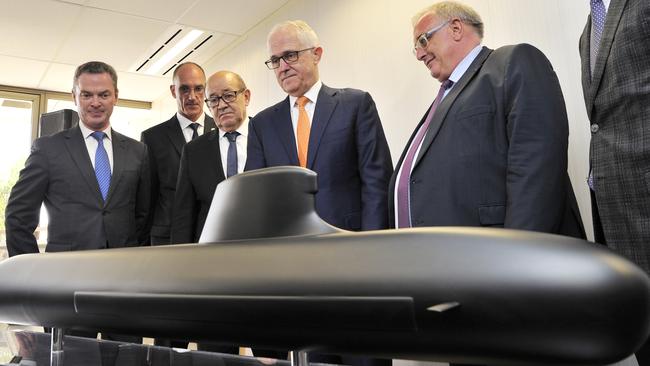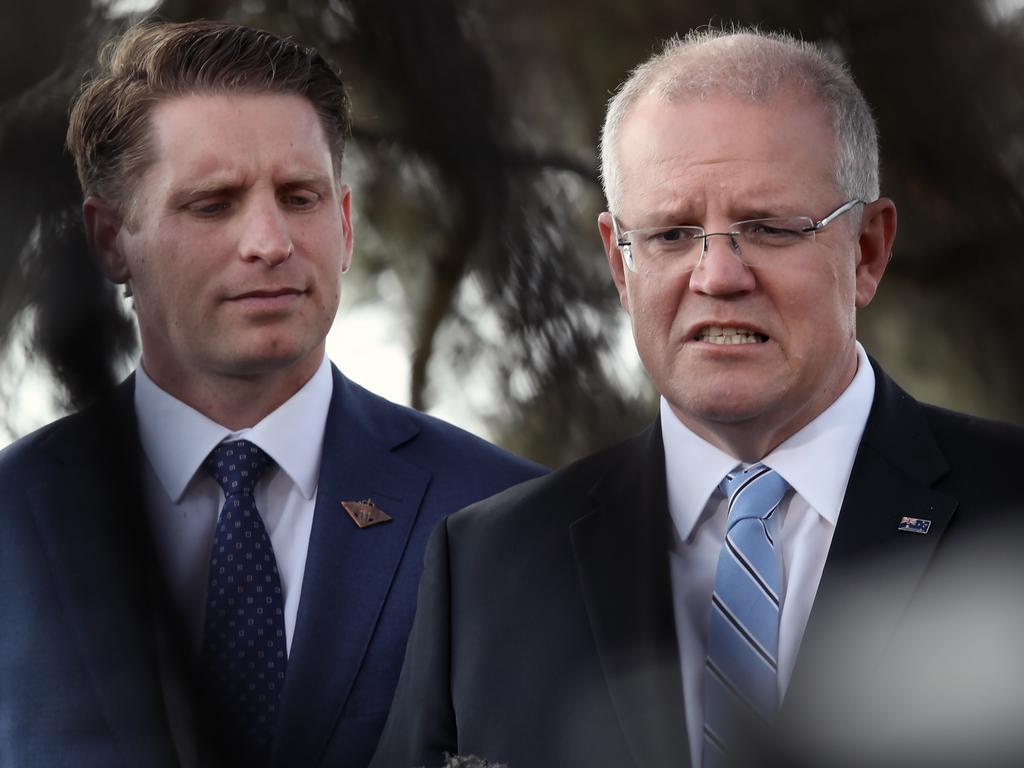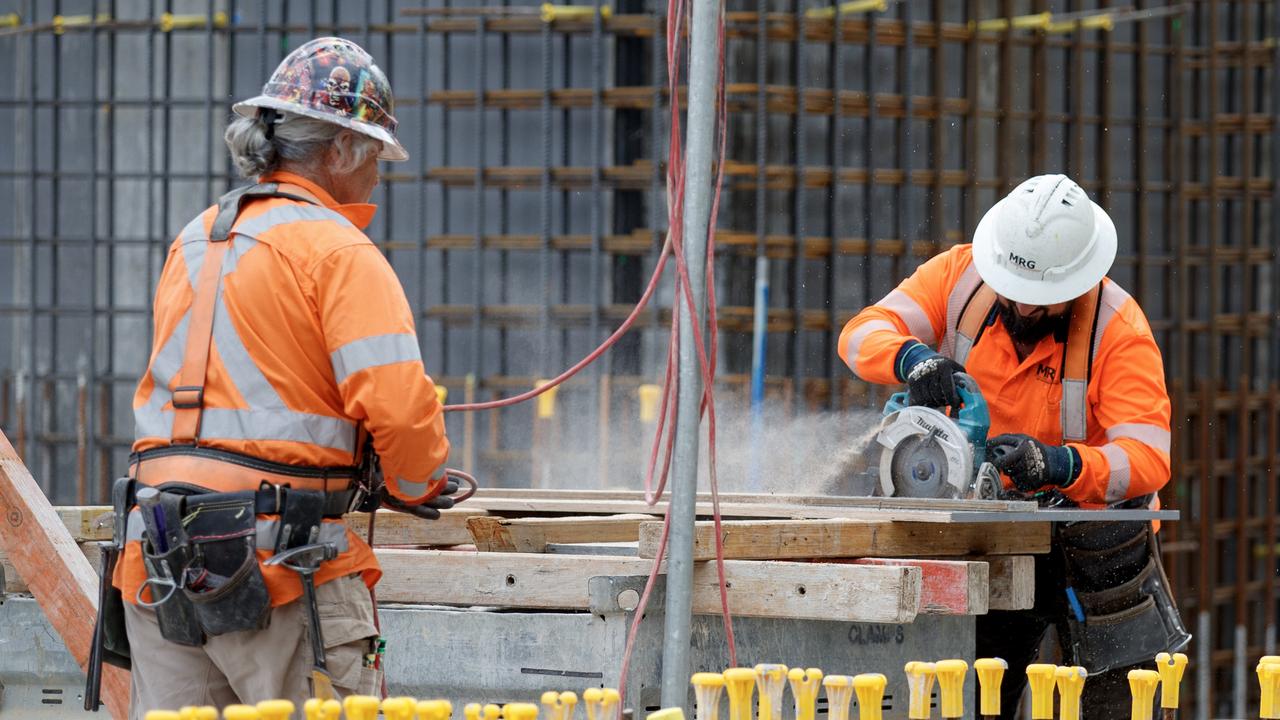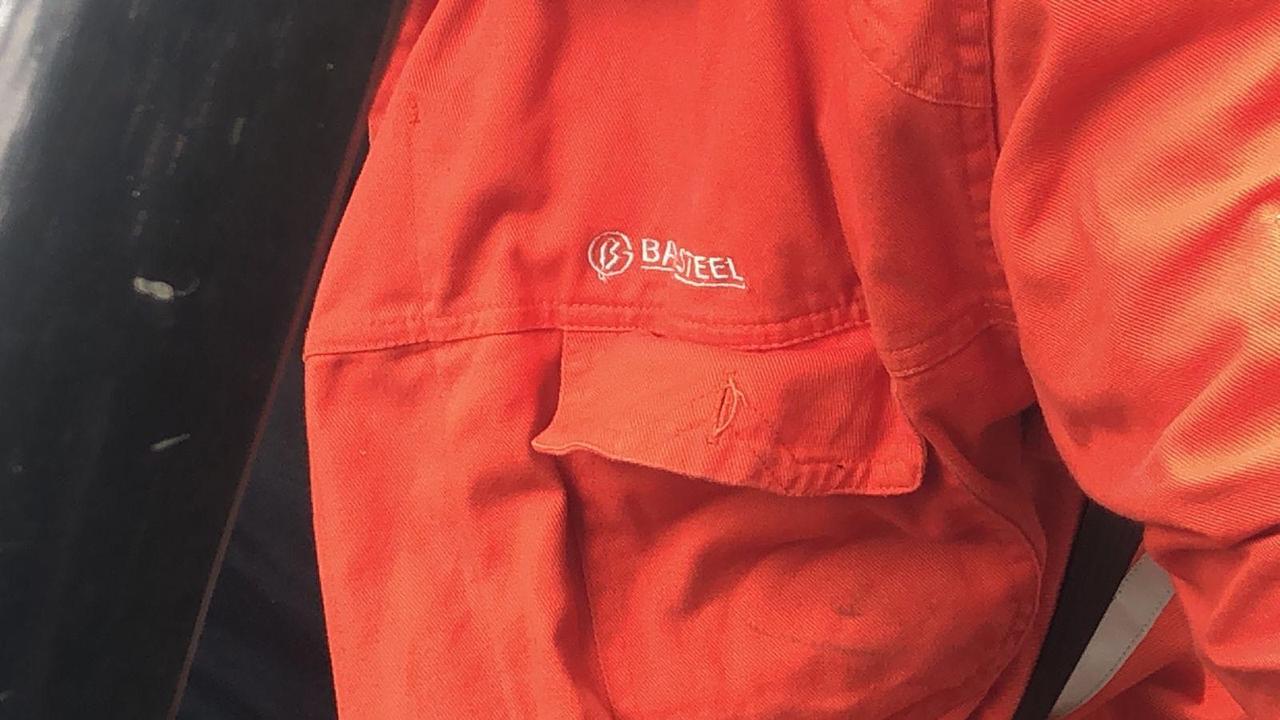
Accordingly, I want to divide the submarine saga into five parts: first the grim story so far; second the politically deadly side issue that threatens a cabinet minister; third a change in the media scene; the role of defence minister Peter Dutton in combination with his Prime Minister and finally, a suggested way to overcome the crisis.
* The story so far: In 2016 Australia was conned by the French. They had sent a brilliant negotiating team to put before the government a wonderful vision — together we would establish in Australia a major submarine research and development industry with a large numbers of local component suppliers. We would develop a non-nuclear submarine (we rejected the more suitable nuclear option) that would be unique in the world. We committed to this bold adventure but back in France they had no intention of honouring that obligation because, at that time, they had a totally different agenda. They removed the people who put the deal together and suddenly almost all the development research was carried out in France, although we had people over there to make suggestions. The French lost the ability to develop our component industry when they removed the negotiating team. They now keep pointing out that it is much cheaper to source the parts in France. We pay the extra costs.
Defence chiefs at the time did not see the likelihood of a conflict in the Pacific and were happy to wait until around until 2040 before combat submarines emerged. This was a dangerous decision at the time, but now looks wrong and the proposed lead acid battery technology looks very dated.

* The side issue: The role of most defence ministers over last two decades has been to endorse defence chiefs’ equipment ideas and then cover up the mistakes.
Two years ago Linda Reynolds found herself in that role. Later she announced in the parliament that the original tender price was $50 billion in 2016 dollars. Back in April 2016 I remember vividly making the same mistake. Within two hours of my online report a very important minister was on the phone telling me, with some anger, that I was totally wrong and that the written tender estimate was similar to the Japanese and German tenders — in other words between $20bn and $25bn in 2016 dollars. He emphasised the stated press release $50bn figure was inflation-adjusted. Other journalists were briefed similarly and I corrected my mistake. Later I confirmed that the written document contained a figure of around $22bn-$23bn in 2016 dollars — less than half the Reynolds’ $50bn figure. It might be possible to justify the Reynolds statement with add-ons.
Senator Rex Patrick has had approval from the Freedom of Information people to have released that simple price in the contract, especially as it was not confidential at the time. But the government and the defence chiefs are spending large amounts of taxpayers’ money to stop that the $22bn-$23bn range confirmation coming out. They appear to claim that in any contract that is confidential no parts can be revealed for fear of breaching the whole contract. Given that the French didn’t mind the release of the small amount of information back in 2016, at least to me, it is a nonsense argument creating a terrible precedent. In my view this is all about concealing a minister’s mistake and covering up the rise in the costs. Defence chiefs will have another view.

* The media: During the last five years there have been many experts pointing out the dangers of our submarine technology when pitted against the new technologies being developed by China and others.
But over the years in the media I have been almost alone in revealing the fiasco and I often found myself wondering whether I was missing something. Now The Australian Financial Review has joined me on the submarine fact revelation trail. They are a bit late but, in the national interest, I am very grateful not to be alone. This will help concentrate the minds of the politicians.
* The Defence Minister and the Prime Minister: For the first time the Defence Minister and the Prime Minister are looking at what the French are doing and our limited role. They are also discovering that while the French express a desire to develop Australian suppliers they really don’t have the required management talent. They removed that talent in 2016. Australia is in grave danger of ending up with a IKEA-style assembly operation but no elaborate component manufacturing back-up which, given our isolation, is a total disaster. And we need this project to restore our manufacturing abilities. We can be grateful Peter Dutton and Scott Morrison are now on the case. But my hope is that their sense of national duty will override looming election considerations.
* A solution: John White is one of our top submarine and frigate experts and he points out that currently the break fee is only €90 million or $140 million. It will soon rise. We should take advantage of this low fee and break the submarine contract.
We then allow the French to carry on with their cost-reimbursable design work, but in parallel, we commission a rival paid design development by say, the Swedes. There will then be a competitive process where the best value for money proposal wins in a couple of years.
This should save around $100 billion over the program, accelerate the delivery dates, and economically achieve well over 60 per cent Australian industry content (excluding the assembly ). Most importantly will actually spur on good performance.
This is a tried and tested competitive procurement model – required in other first world countries. An alternative strategy might be to look at nuclear.







Australia’s $250 billion-plus total cost high-risk submarine crisis is coming to a head. For the first time in more than five years politicians, commentators and technical experts are combining to expose the enormous risks Australia is taking.